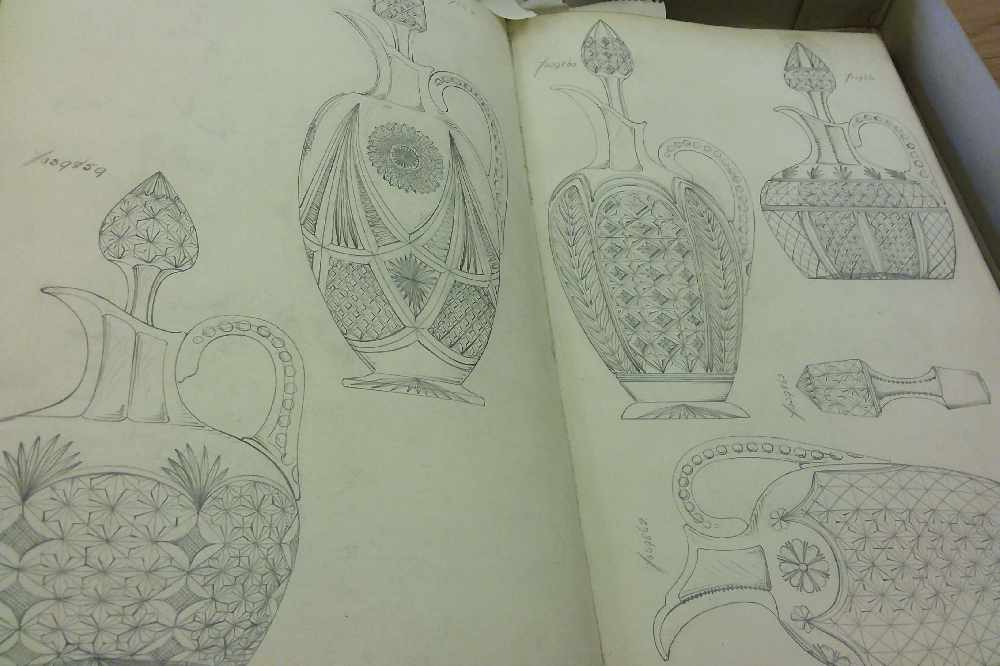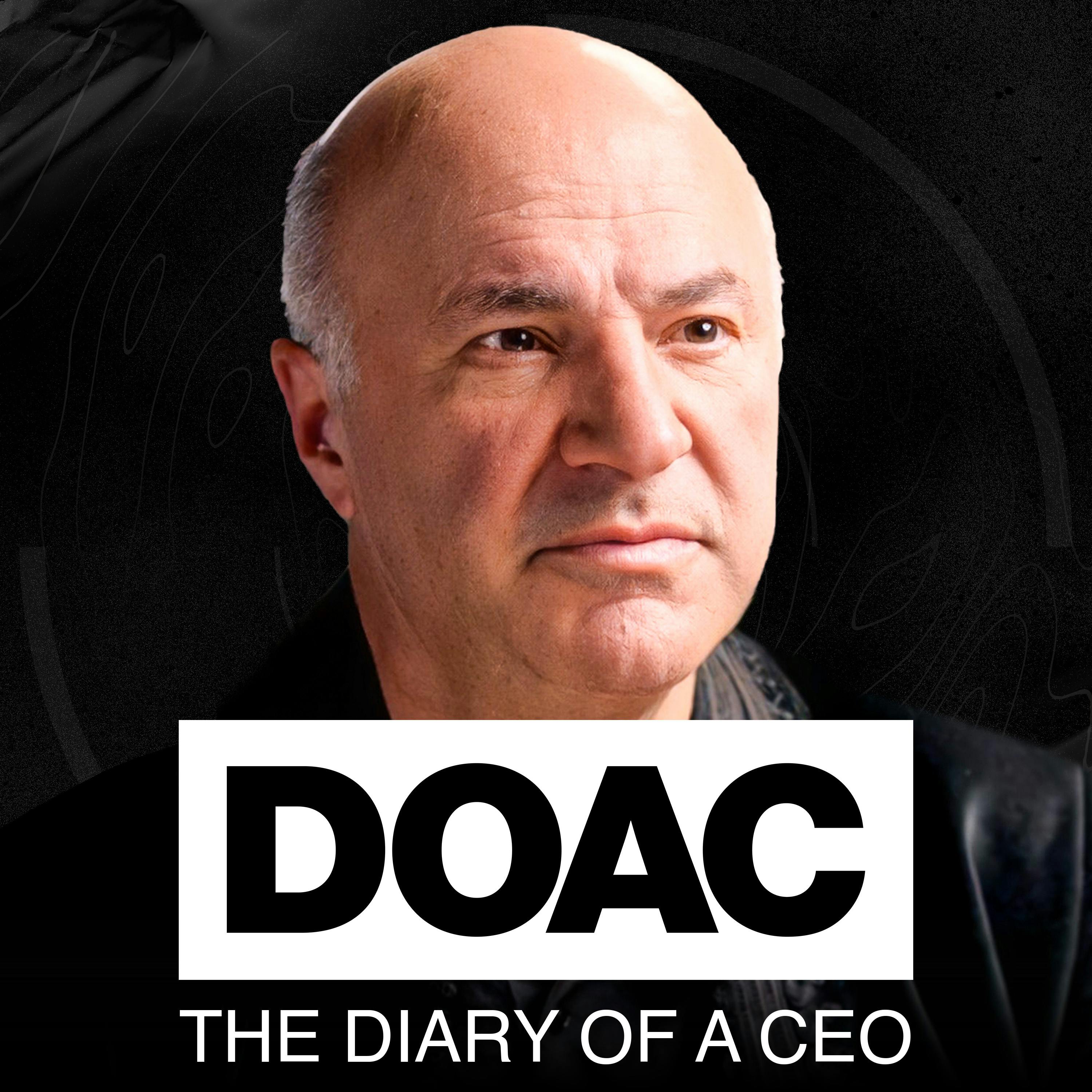
The Trustees of the British Glass Foundation are delighted to announce the receipt of a grant of £25,000 from The National Manuscripts Conservation Trust to conserve the pattern books from a number of local glass factories.
Manuscripts which form part of the work include those from Stevens & Williams (better known as Royal Brierley Crystal), Thomas Webb & Sons, W.H., B. and J. Richardson, Boulton & Mills, John Northwood & Co. and Smart Brothers.
These date from the 19th and 20th centuries and are the only surviving complete records of every glass made by these factories.
The designs were entered as each glass was finished with its own unique pattern number and further information about cutters, engravers, weights and costs. Their importance as a unique record of the most important glass factories in the world is acknowledged both nationally and internationally.
75 spring-back volumes, comprising 8 pattern books, featuring intricate sketches and 65 description books, ranging in date from 1851 - 1945 are highly requested by researchers but, following a specialist conditions survey, 32 volumes have been identified as unusable and completely unsuitable for production to users i.e. so fragile and damaged that they are certain to suffer further if handled. 18 others are in such poor condition that further use is likely to cause damage.
Through the BGF project the newly conserved pattern and description books will form an integral part of the interpretation of the new White House Cone museum of glass and their content will allow visitors to follow selected objects in the collection, from design, through the factory floor, to their eventual customer destination. David Williams-Thomas, former Chairman/Managing Director of Royal glass makers Royal Brierley Crystal and Patron of the Foundation, said:
"‘These books are a crucial record of the achievements of the skilled glass makers of the Stourbridge district. They were used daily in the firm for 125 years and record the designs of titans like John Northwood and Fred Carder, and the breadth of glassmaking skills of the skilled glass makers and cutters of the area.
"It is marvellous that they are being preserved for posterity."
The books will be displayed on rotation in the museum and their content made accessible through digitisation. By being digitised they will provide information not just to international glass historians, collectors and museum curators but on a wider level to social and economic historians, designers, auctioneers, publishers and modern-day glassmakers.














Comments
Add a comment